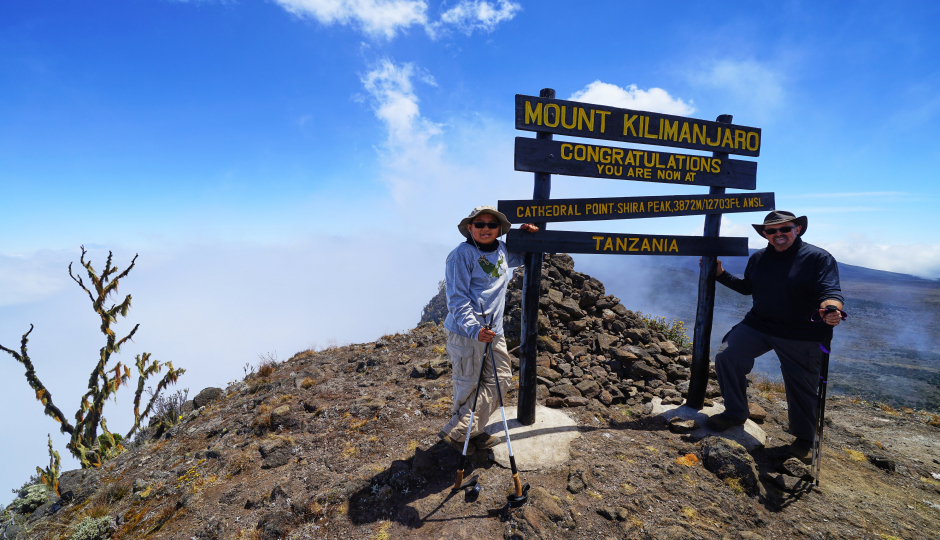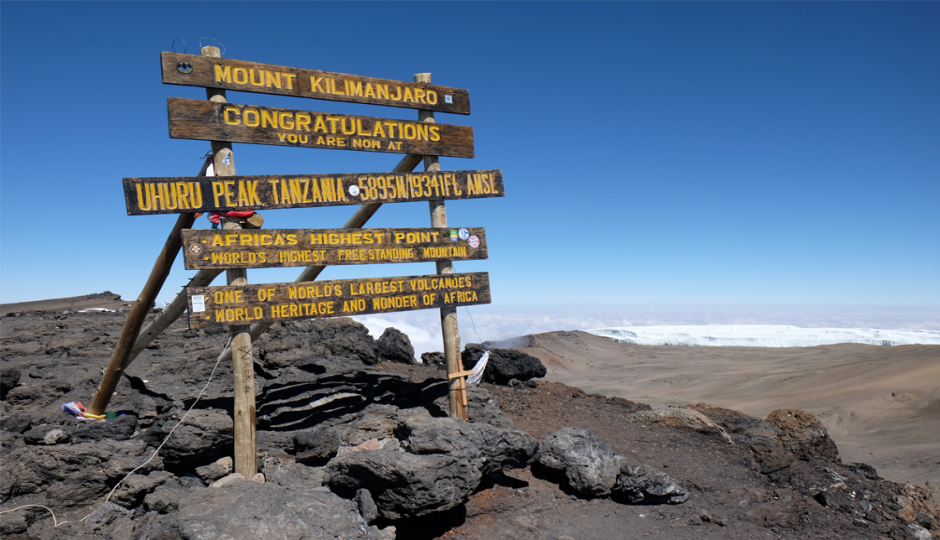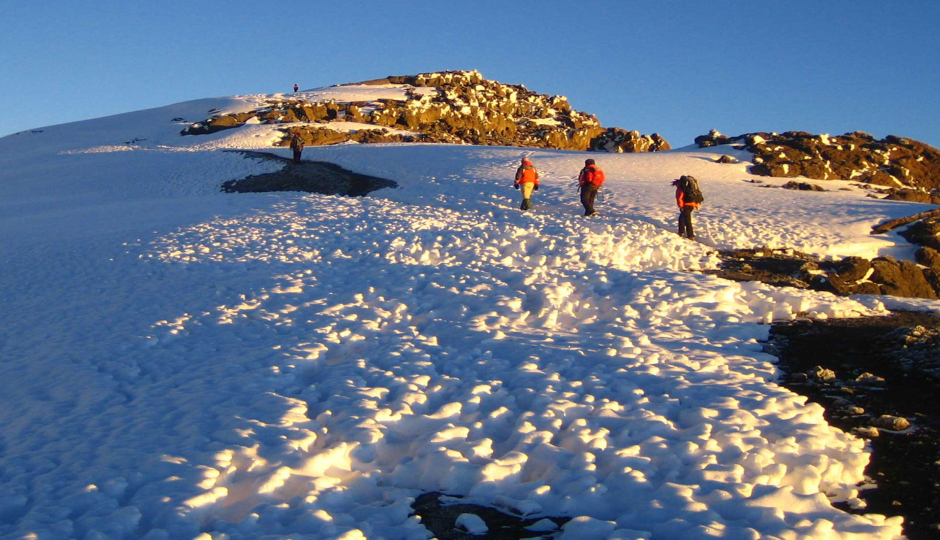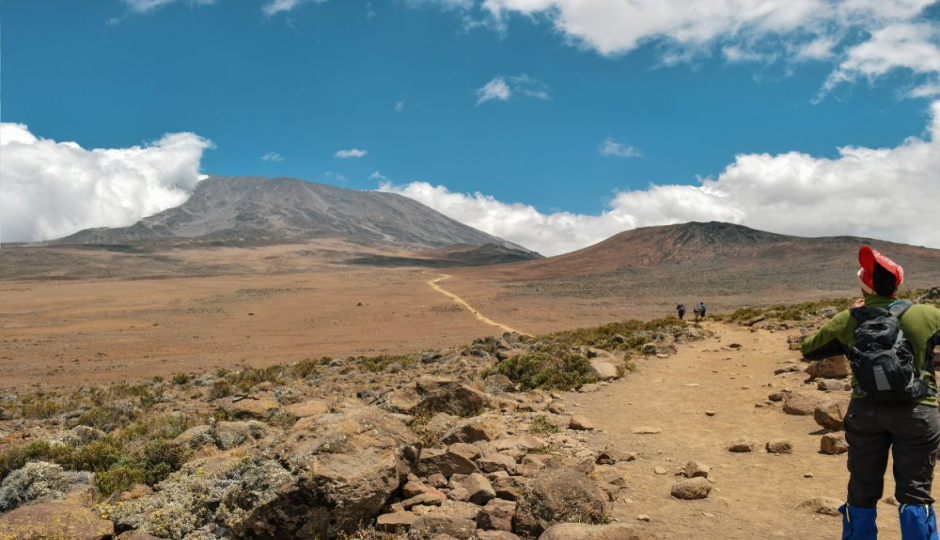







Mount Kilimanjaro, the highest peak in Africa, is a bucket-list destination for adventurers from all over the world. Towering at 5,895 meters (19,341 feet), Kilimanjaro offers an unforgettable trekking experience filled with stunning landscapes, diverse ecosystems, and the unparalleled joy of standing atop the Roof of Africa. However, successfully summiting this majestic mountain requires thorough preparation and knowledge. Here are the most important tips to know before embarking on this life-changing journey.
1. Choose the Right Route
One of the most critical decisions when planning your Kilimanjaro climb is selecting the right route. Kilimanjaro offers several trekking paths, each with its own level of difficulty, duration, and scenery. The Marangu Route, also known as the "Coca-Cola Route," is one of the shortest and easiest options, making it popular among beginners. However, its shorter acclimatization period can reduce summit success rates. The Machame Route, often referred to as the "Whiskey Route," is more challenging but offers breathtaking views and a higher chance of acclimatization due to its longer duration.
For trekkers seeking a quieter and more scenic experience, the Lemosho Route is highly recommended. It provides stunning vistas and a gradual ascent that improves acclimatization. The Rongai Route, which approaches the mountain from the north, is less crowded and ideal for those looking for solitude. The Northern Circuit is the longest route, offering the best acclimatization opportunities and incredible 360-degree views. Selecting a route that aligns with your fitness level, time availability, and preferences will significantly enhance your experience.
2. Train for the Trek
Climbing Kilimanjaro is a physical challenge that demands preparation. Although it doesn’t require technical climbing skills, the trek involves long hours of hiking in varying terrain and altitudes. A robust training regimen is essential to ensure your body can handle the demands of the climb.
Focus on cardiovascular training, such as running, swimming, or cycling, to build endurance. Combine this with strength training exercises that target your legs, core, and back muscles. Practice hiking with a loaded backpack on uneven terrain to simulate the conditions you’ll encounter on the mountain. Starting your training at least two to three months before your climb will give you the best chance of success.
3. Acclimatize Properly
Altitude sickness is one of the most significant challenges on Kilimanjaro, and it can affect anyone, regardless of fitness level. To reduce the risk, it’s essential to acclimatize properly. Choosing a longer route, such as the Lemosho or Northern Circuit, allows your body more time to adjust to the altitude.
Follow the golden rule of high-altitude trekking: "Climb high, sleep low." This involves ascending to a higher elevation during the day and descending slightly to sleep. Staying well-hydrated, eating nutritious meals, and avoiding alcohol or sedatives can also help your body adapt. Pay attention to your body’s signals, and don’t hesitate to inform your guide if you feel unwell.
4. Pack the Essentials
Packing the right gear can make or break your Kilimanjaro experience. Start with clothing layers: a moisture-wicking base layer, an insulating mid-layer, and a waterproof outer layer to protect against wind and rain. A good-quality sleeping bag rated for sub-zero temperatures is crucial for staying warm during cold nights. Comfortable, sturdy hiking boots that are well broken in are a must to prevent blisters and foot pain.
Other essentials include a headlamp with extra batteries, a hydration system to carry at least three liters of water, and high-energy snacks like nuts, protein bars, and dried fruits. Don’t forget sunscreen, sunglasses, and a wide-brimmed hat to protect against the intense equatorial sun.
5. Hire a Reputable Tour Operator
Your choice of tour operator plays a pivotal role in your Kilimanjaro experience. Look for companies with experienced guides and porters who prioritize safety and adhere to ethical practices. Research operators with excellent reviews and transparent pricing. Ensure they provide high-quality equipment, nutritious meals, and proper support throughout the trek. A reputable operator will also offer pre-climb briefings to prepare you for the journey ahead.
6. Practice Responsible Trekking
Mount Kilimanjaro is a fragile environment, and preserving its beauty for future generations is essential. Practice responsible trekking by staying on designated trails to minimize erosion and carrying all your waste off the mountain. Support operators who treat their porters fairly, ensuring they are paid well and provided with proper gear. By following these principles, you can leave a positive impact on the mountain and the local community.
7. Prepare Mentally
Climbing Kilimanjaro is as much a mental challenge as a physical one. The long hours of trekking, combined with fatigue and altitude effects, can test your resolve. Mental preparation is key to overcoming these challenges. Set realistic expectations, stay positive, and focus on your goal. Building camaraderie with your trekking group can provide invaluable support and encouragement along the way.
8. Understand the Costs
Climbing Kilimanjaro is a significant investment, and understanding the costs upfront is essential. Expenses include park fees, guide and porter fees, equipment rentals, and accommodation before and after the trek. While budget options are available, investing in a reputable operator ensures a safer and more enjoyable experience. Remember that cheaper options may compromise safety, porter welfare, or the quality of services provided.
9. Know What to Expect on Summit Night
Summit night is the most challenging part of the trek, but also the most rewarding. The journey to Uhuru Peak begins around midnight in freezing temperatures. The climb is slow and steady due to the thin air, requiring perseverance and determination. Reaching the summit at sunrise offers breathtaking views and an unparalleled sense of achievement. Prepare yourself mentally and physically for this demanding but unforgettable moment.
10. Celebrate and Reflect
Standing on the summit of Mount Kilimanjaro is a monumental achievement that deserves celebration. Take time to savor the moment, thank your guides and porters, and capture photos of the stunning landscape. Reflect on the journey and the lessons learned along the way. The memories and sense of accomplishment will stay with you for a lifetime.
Climbing Mount Kilimanjaro is a once-in-a-lifetime adventure that requires careful planning, physical preparation, and mental resilience. By following these detailed tips, you’ll be well-equipped to tackle the challenges and fully embrace the beauty of this iconic mountain. Whether you’re an experienced trekker or a first-time adventurer, Kilimanjaro promises an unforgettable experience that will leave you inspired and enriched. Happy trekking!




